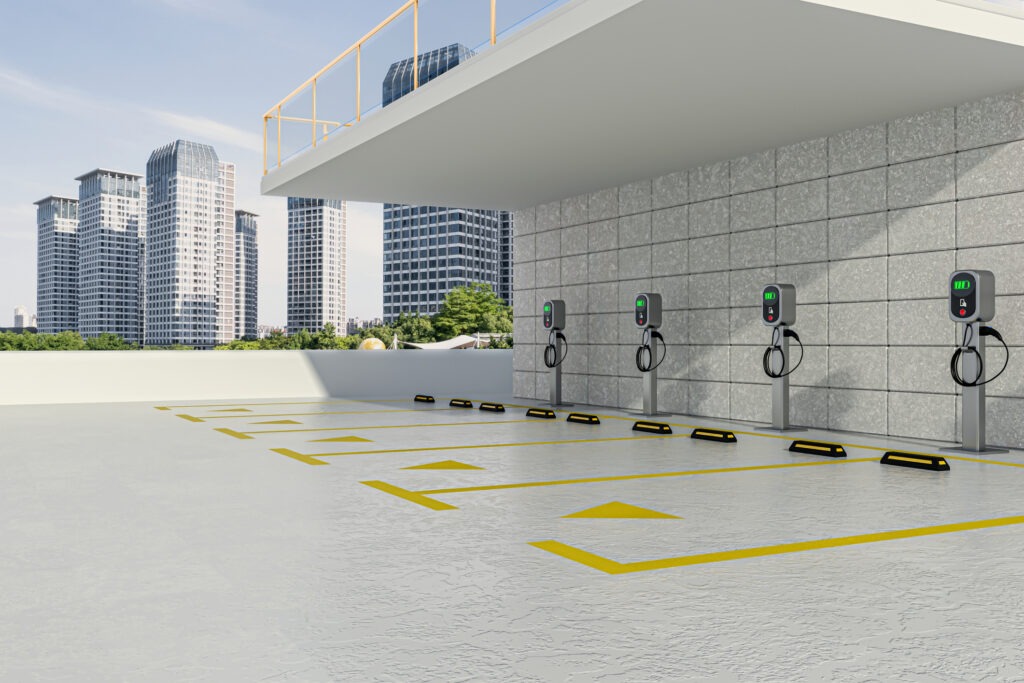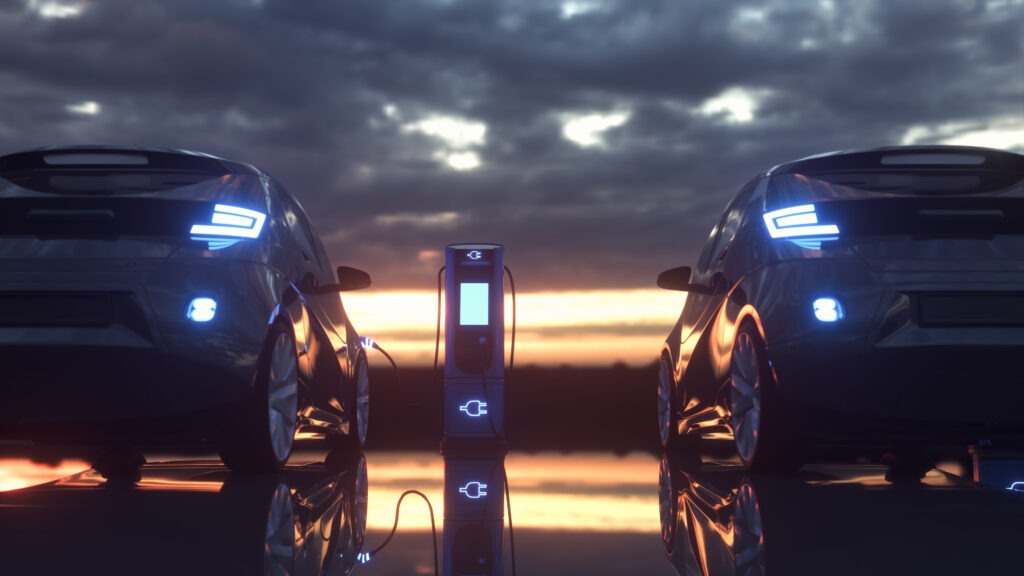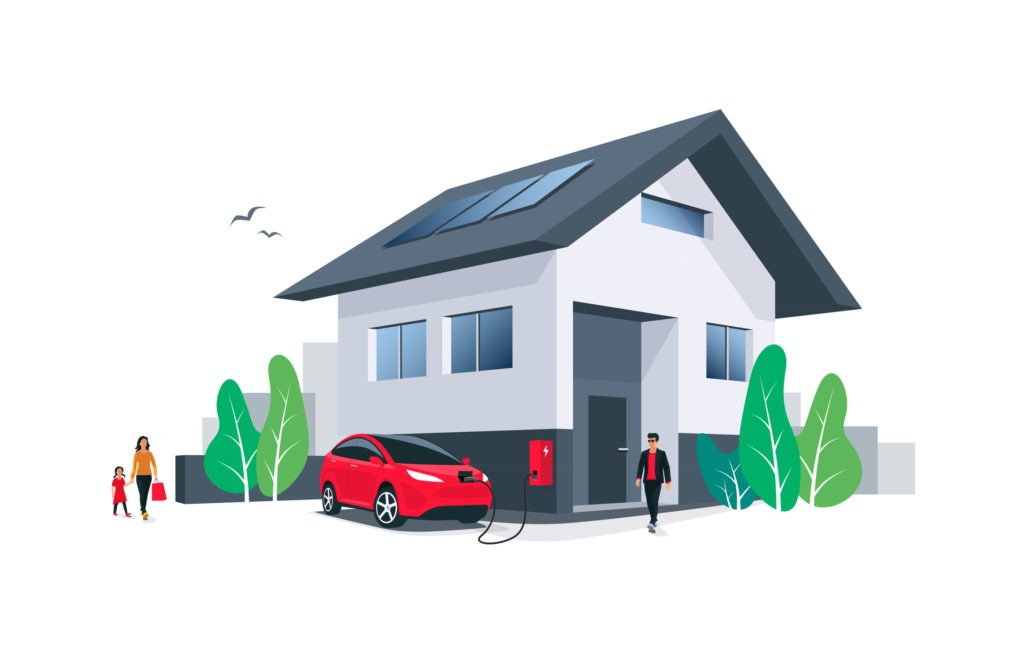What is the current state of Europe’s EV charging infrastructure?
20 May 2024
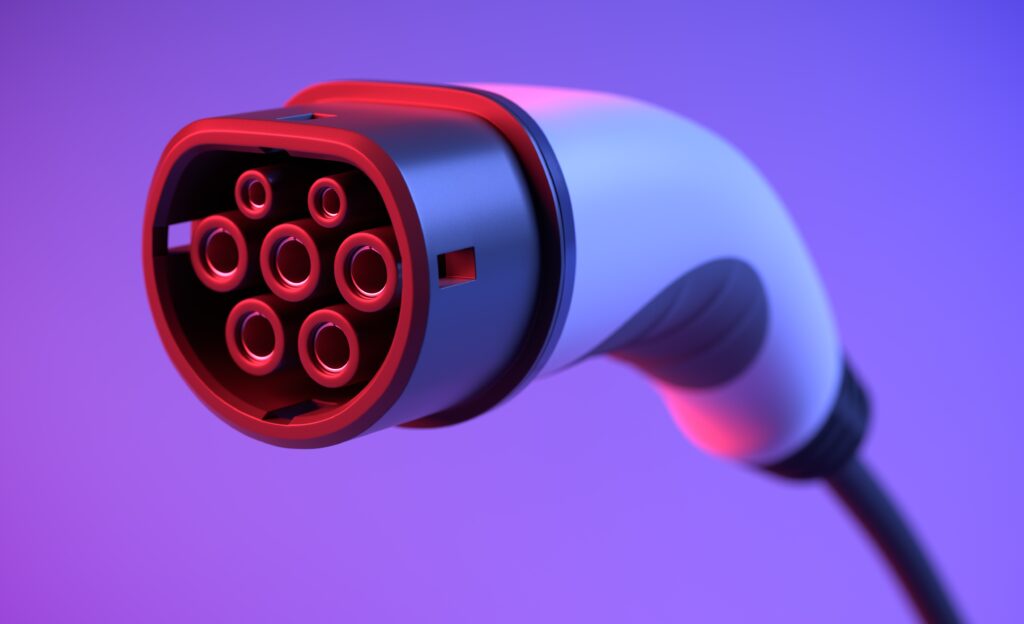
Electric vehicle (EV) charging infrastructure will play a vital part in the electrification of Europe’s automotive industry. Tom Hooker, Autovista24 journalist, explores the sector.
More EVs means more strain on Europe’s charging infrastructure. According to the European Automobile Manufacturers’ Association (ACEA), there were 632,423 public charging points available across the EU at the end of 2023.
At the same point, there were around three million battery-electric vehicles (BEVs) on the road. Between 2017 and 2023, BEV sales increased by over 18 times, outpacing the charging point network which grew sixfold.
The industry body forecasts that 8.8 million charging points will be needed by 2030. To achieve this, 1.2 million chargers would have to be installed every year. This target is almost 10 times the current rate of growth. Just 153,000 new public charging points were set up in 2023.
Taking charge
The European Commission wants to have 3.5 million charging points in the region by 2030. This is to support the electrification needed to hit the proposed 55% CO2 emissions reduction for passenger cars.
The Alternative Fuels Infrastructure Regulation (AFIR) oversees the rollout of public charging points across Europe. It was introduced as part of the EU’s ‘Fit for 55’ package, a set of policy proposals created in 2021 aiming to help the region reach its 2030 CO2 target.
The regulation states that fast-charging stations of at least 150kW must be installed every 60km along the EU’s main transport corridors from 2025.
However, it is not binding for market players, such as EV charger manufacturers and grid operators. EU member states will be bound, with requirements transferred over into national laws.
‘For the member states, that means, above all, that they have to provide a draft policy framework, national policy framework, by the end of December of this year,’ explained CMS Berlin partner Gerd Leutner during electrive live.
‘It is not in all parts as clear as one could wish, but I think that is due to the fact that the industry is evolving, technology is evolving, and it is hard to define or use very detailed notions,’ Leutner commented.
Regional performance
According to ACEA, some countries in Europe are ahead when it comes to charging infrastructure. This includes Germany, France and the Netherlands. These three countries account for 61% of all EU charging points, while only making up 20% of the region’s surface area.
However, while making up around 80% of the bloc’s surface, the other 24 EU member states only have 39% of charging points.
Analysis by the European Alternative Fuels Observatory (EAFO) shows the various approaches being taken across the region. Countries in Western Europe, including Germany, France and the Netherlands, have widespread networks, supporting a large EV base.
Additionally, these regions are also making considerable investments in high-power units. However, their average charging power per plug-in point is lower than some other countries in the EU.
Infrastructure is now seeing more consistent progression in Southern European countries such as Italy, Spain and Greece, despite delivering lower levels of power on average. The Nordic region has also seen stable infrastructure growth, without a large amount of average charging power.
Countries in Central and Eastern Europe provide higher charging power per point. Yet, they possess a smaller network due to a reduced level of EV adoption. This includes Bulgaria, Estonia, Latvia, Slovakia, Croatia and the Czech Republic.
Operator insight
One competitor in the EV infrastructure market is Ionity, a charge point operator (CPO) operating in 24 countries. At present, it has 628 charging stations across Europe.
Since its foundation in 2017, the company has focused on long-distance sites on highways. It is expanding into metropolitan areas, providing access to taxis and delivery services needing to plug in between routes.
‘The plan, until 2027 at least, is to grow the network to more than 1000 sites and around 9000 charging points. We would do that by having new sites, but also adding capacity to existing sites where we see a good utilisation, where we can extend the contract and extend the site with more charging points,’ Ionity managing director and COO Markus Groll said during electrive live.
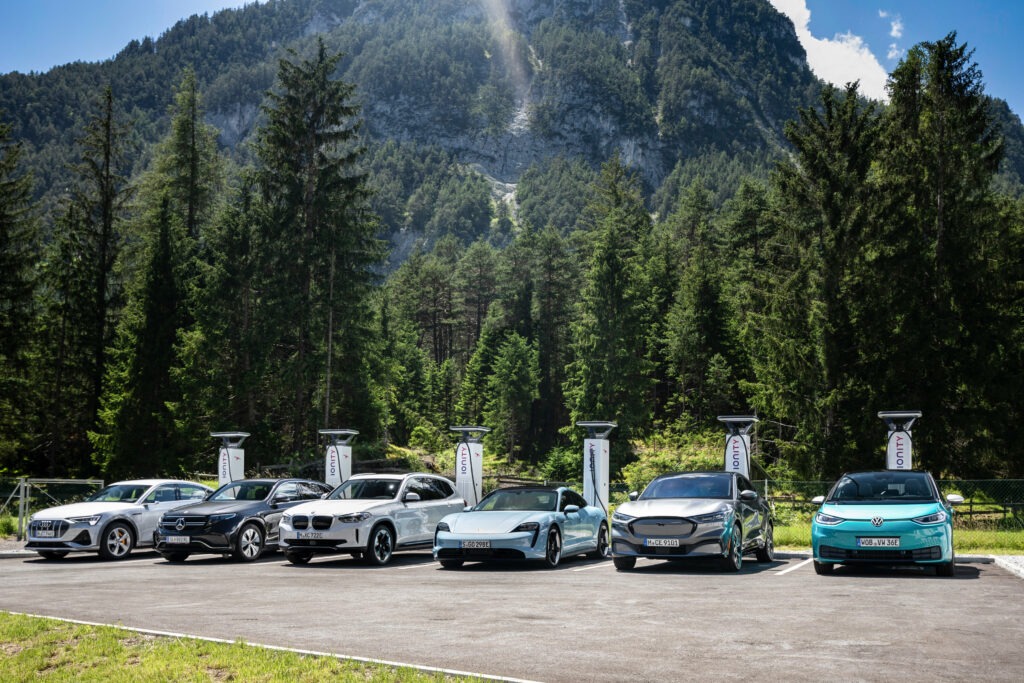
The company’s three biggest markets in terms of revenue are Germany, France and the UK. Ionity currently has 137 active charging stations in Germany and a further 19 sites under construction.
With 157 sites, France has the highest number of active stations, with six new sites being built. However, the UK is a much smaller market, sitting at just 28 live sites and 16 under construction.
‘The market shows a lot of potential. We will grow this market to around 80 to 100 sites in the next two years,’ Groll stated.
Growing markets
Despite having one of the biggest EV market shares in Europe, Ionity has just 40 active stations in Norway. This is due to the country’s smaller passenger car fleet and highly saturated CPO market.
‘It does not make sense to build 200 sites for us in Norway with this kind of market potential we are seeing at the moment,’ commented Groll.
On the other hand, EVs hold a much smaller share of the larger Italian and Spanish markets.
‘The countries are big, of course. You have to cover quite some distance to have a decent network. That is the reason why we will further grow the network to fill the gaps,’ he said.
‘We have to keep in mind the future potential is huge because the countries have a big fleet of vehicles. We will need to monitor the market and then selectively invest and build the right sites for these countries as well,’ Groll added.
Network challenges
Operating a charging network across Europe comes with complex challenges, such as accounting for different energy laws and currencies, as well as the newly introduced AFIR.
Another hurdle to overcome is the regional climate. With a range of temperatures across Europe, some chargers can be subject to extreme heat, while others may face harsh winter conditions.
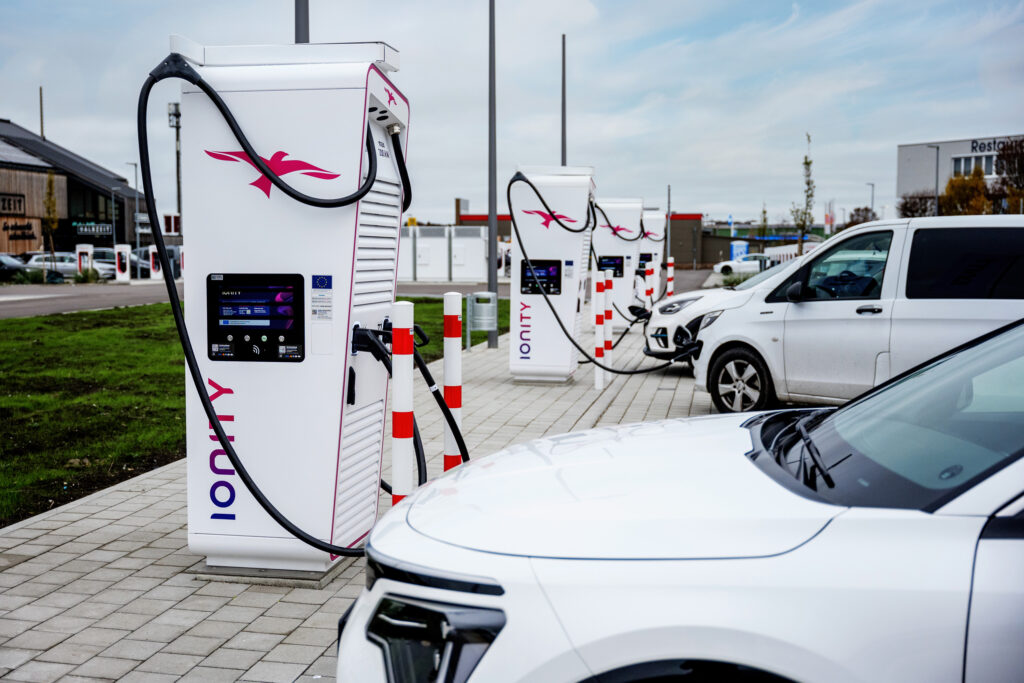
‘We talk about a range of minus 40 degrees up in the north of Norway or Finland in winter, and it stays on this level for some days. On the other hand, there are also very hot temperatures in the south of Europe where it is going up to 50 degrees in some regions during summer,’ Groll explained.
‘So, we need heating and cooling systems in the chargers, which make sure that the chargers operate even under these extreme circumstances.’
Lead times
The length of time needed to build and activate an EV charging station can vary depending on the region and its lead times for power supply and permits.
Looking at power supply, connection to the grid in countries like France and Austria can take around 12 months, compared to around 24 months in Italy and Spain.
‘Substations also have become a bit of a bottleneck in the last years. We talk about lead times between six and sometimes 16 or 14 months in some countries. Especially Germany and the UK are challenging in that matter because a lot of CPOs but also renewable production facilities need substations to feed electricity into the grid,’ Groll commented.
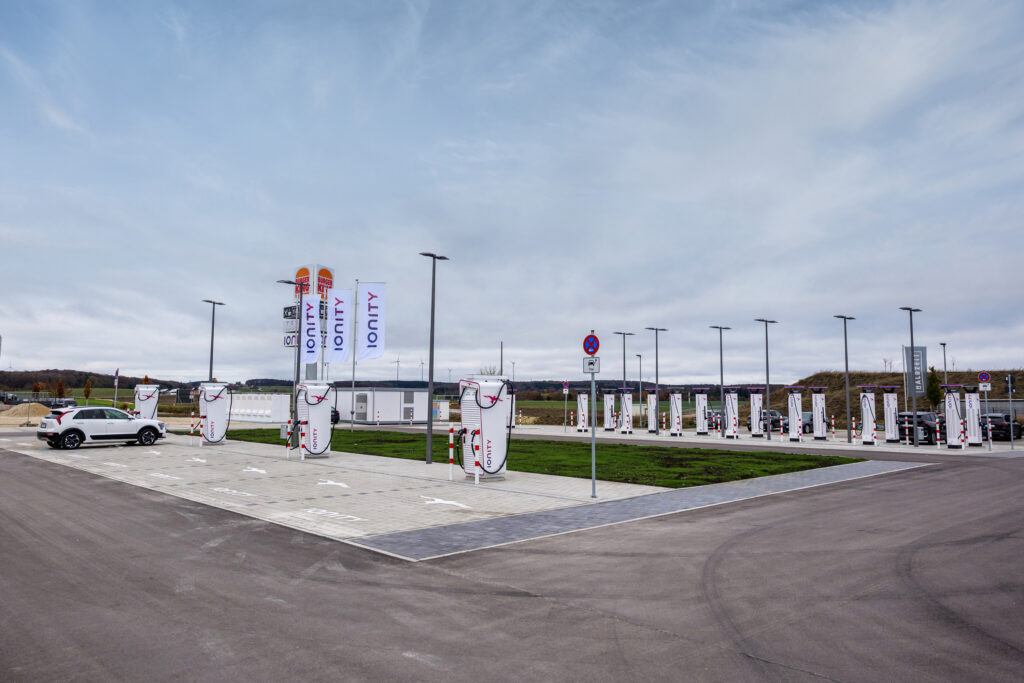
Elsewhere, some countries require operational permits, including Germany, France and Spain.
Building permits can also slow progress. In countries like France and Norway, approval can take around six months, while other locations can take around 18 months.
‘In some countries, especially Germany and Spain, we sometimes really have a long process to get the building permits from different authorities. We always decide on an individual site level. We need to decide what is the longest lead time in the process and how do we then plan to build and operate the site,’ he added.
Charging competition
With the growth of EV charging points and stations, competition between charger manufacturers and CPOs is set to become fierce. One growing player in this highly saturated market is EVBee, which was established in 2022. Earlier this year, it unveiled the Lumina AC public charger.
‘It is a charger that is designed to be as versatile and as configurable as possible, with a big emphasis on the ease of installation,’ EVBee head of product development Fredrik Eksund told Autovista24.

As a charger manufacturer, EVBee can also face regulatory issues, as well as other roadblocks.
‘One of the main obstacles for especially the public domain when it comes to charge point installations is the amount of requirements that arise there from either the public, the regulatory side or from CPOs,’ Eksund explained.
‘To be able to utilise the measurements for electricity, as a basis for charging people money for electricity, you need to have energy metre readouts that are accurate enough and compliant with the necessary regulation,’ he said. ‘There are some differences as opposed to home chargers that make the price tag for these types of charge points, traditionally quite high and sometimes even restrictively high as well,’ Eksund concluded.
